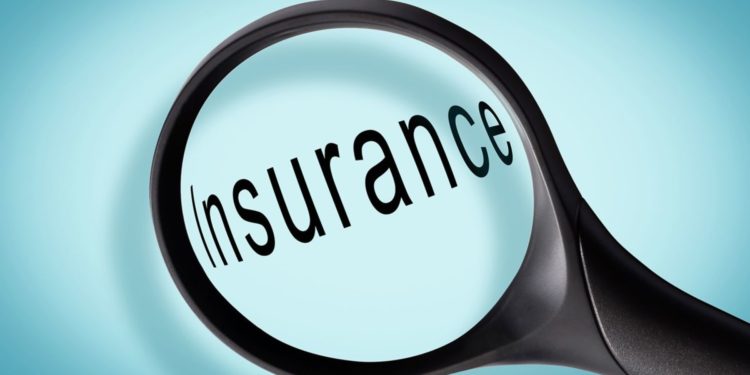In 2021, a study conducted by KPMG revealed that, at 3.0%, Kenya has the lowest insurance penetration in Sub Saharan Africa. This low penetration can be attributed to several factors, including a poor saving culture, low levels of disposable income, and a negative perception towards insurance. The affordability of insurance for low-income earners, who make up the largest segment of society, remains a significant hurdle. This is where micro insurance comes into play, presenting a viable solution for making insurance accessible to low-income individuals.
Micro insurance is the provision of insurance products specifically designed for low-income earners. It aims to help them manage risks associated with accidents, illnesses, theft, death, fires, and natural disasters like floods and droughts. These insurance policies are offered in exchange for affordable premiums tailored to the specific needs, income levels, and risk profiles of the buyers.
The target audience for micro insurance includes individuals in the informal sector (Jua Kali), farmers, farm workers, domestic workers, and others who typically lack mechanisms to manage risks effectively. Without such protection, losses from unforeseen events can drive these individuals into dire situations and chronic poverty, as they cannot afford conventional insurance products. Recognizing this critical need, the IRA is committed to facilitating the insurance industry in developing affordable products to serve this underserved group.
Micro insurance tends to be more effective when provided to groups rather than individuals. The cost of selling micro insurance to individuals is higher than to groups, and insurers find it more economical to underwrite group risks compared to individual ones. As a result, various entities such as banks, microfinance institutions, chamas, trade associations, social welfare groups, Saccos, large corporations, and even the government leverage their existing group structures to procure low-cost insurance. These groups often bypass insurance intermediaries when purchasing coverage for their members or employees.
Moreover, various financial institutions play a crucial role in the development and distribution of micro insurance. They support these initiatives through marketing, distribution, premium collection, and claims payment services. Notable participants in this ecosystem include banks, microfinance institutions, mobile money transfer providers, and Saccos.
Despite these positive developments, the micro insurance sector still faces challenges. Affordability remains a significant barrier for many low-income earners. Innovative solutions and continued efforts to create cost-effective, accessible insurance products are essential for overcoming this challenge. Collaborative efforts between the government, private sector, and non-governmental organizations can help scale these initiatives, ensuring broader coverage and protection for vulnerable populations.


















